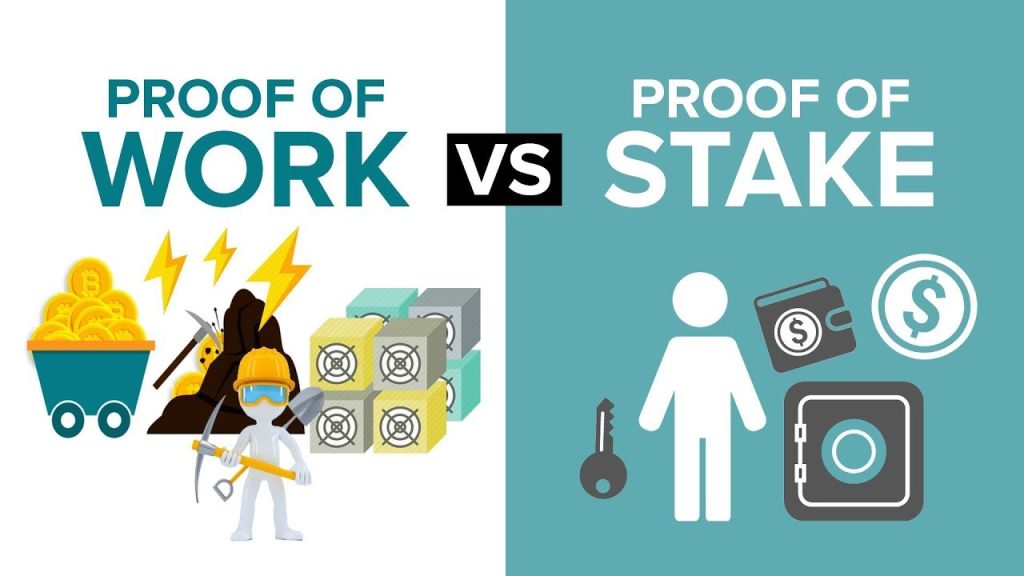What is Proof of work vs Proof of Stake?
Proof of Work (PoW) and Proof of Stake (PoS) are two different consensus mechanisms used in blockchain networks to validate and confirm transactions. Here’s a breakdown of each and examples of cryptocurrencies that utilize them:
1 - Proof of Work (PoW):
In PoW, miners compete to solve complex mathematical puzzles to validate transactions and create new blocks. The first miner to solve the puzzle gets to add the next block to the blockchain and receives a reward in the form of cryptocurrency.
PoW is resource-intensive as it requires significant computational power, electricity, and hardware (such as ASICs) to solve these puzzles.
Bitcoin, the first and most famous cryptocurrency, uses a PoW consensus mechanism. Other cryptocurrencies like Ethereum (currently transitioning to PoS with Ethereum 2.0), Litecoin, and Monero also utilize PoW.

2 - Proof of Stake (PoS):
In PoS, validators are chosen to create new blocks and validate transactions based on the number of coins they hold and are willing to “stake” as collateral. Validators are selected deterministically, usually based on factors like the number of coins staked and how long they’ve been held.
PoS is energy-efficient compared to PoW since it doesn’t require intensive computational power. Validators are incentivized to act honestly because they have a stake in the network.
Examples of cryptocurrencies using PoS include Cardano, Polkadot, Tezos, Algorand, and my favorite the new Pulsechain.
